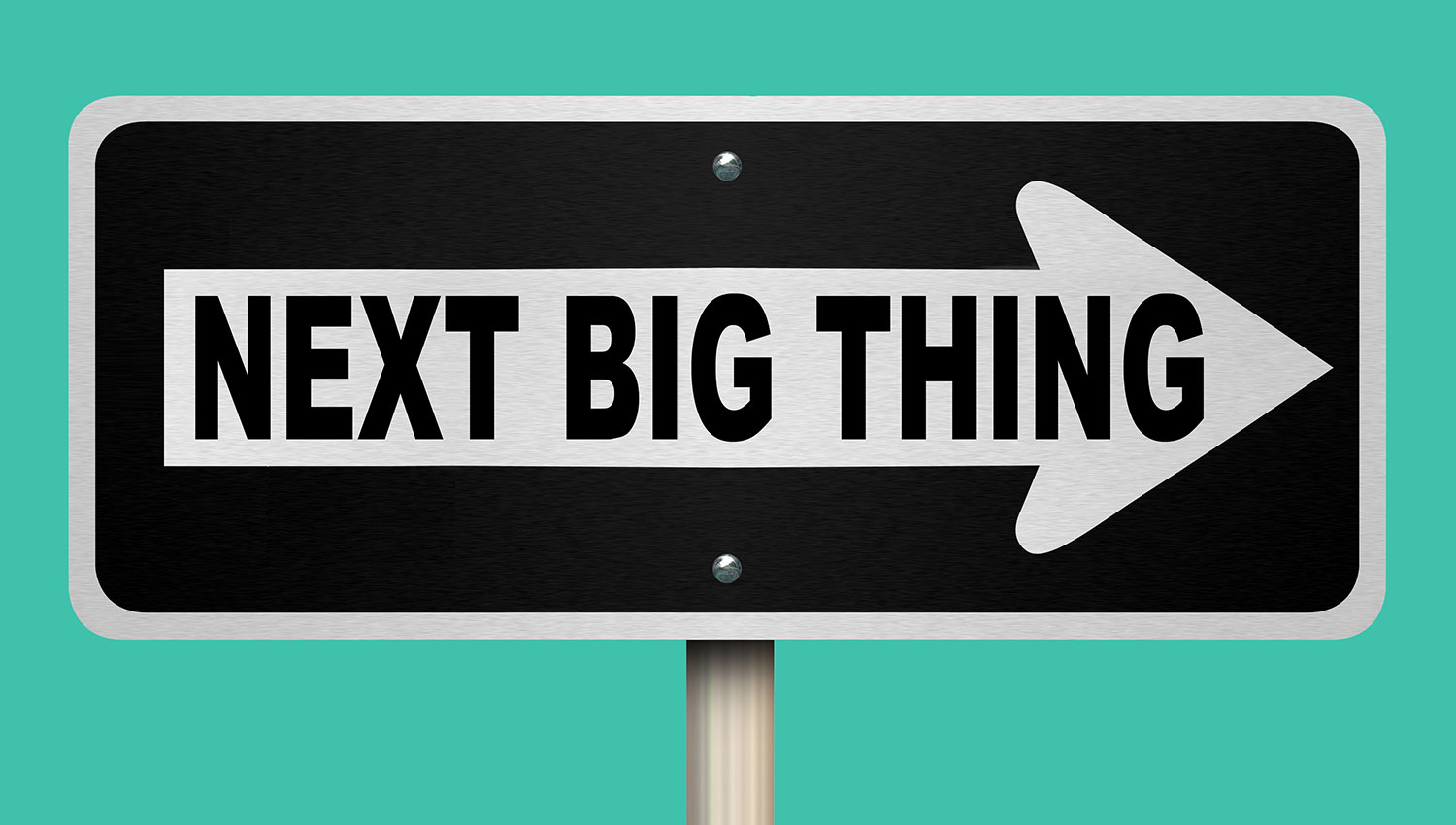Introduction:
Alot changes in a year, and the same can be said for trends in wellness. As we look back at what was happening in 2023 https://www.healthdesigns.net/workplace-trends-for-2023/, Its important to understand how rapidly society is evolving. As the world learns about and transitions to a focus around holistic well-being, the modern workplace is witnessing a transformation fueled by certain emerging trends. Via information from our friends at MediKeeper, we will briefly explore key wellness trends that are reshaping how employees experience work, emphasizing the importance of balance, connection, and adaptability.
Engagement Doesn’t Matter:
When it comes to our employee wellbeing initiatives, we often wonder about engagement and return on investment (ROI). But here’s the catch: in wellness lingo, “engagement” just means getting involved in the program.
Here’s why the engagement may not matter – success isn’t just about numbers. It’s about reaching those who need it the most and having/helping them overcome barriers like social determinants, inflation, diversity, and various health issues. A company can have excellent engagement in a program wellness program that is sitting at “60% engagement” but that 60% is comprised of employees who are already engaged and healthy. Using data and logic from areas of research such as the Pareto Principle (80% of health costs are attributable to 20% of the population), the focus on the people who truly need and want to change is becoming the real driving force behind wellness programs and how they are assessed.
Employee Burnout Is Not Going Away Anytime Soon:
The ongoing mental health challenges, including pandemic-related stress and return-to-office pressures, are leading to widespread burnout among employees. Burnout, characterized by emotional or physical exhaustion from work stress, is worsened by inadequate recovery time, like insufficient sleep and underutilization of paid time off. Beyond individual resilience, workplace factors such as toxic environments and long hours contribute to burnout. Employers should and are starting to prioritize both short- and long-term solutions to support employee well-being as desirable employee candidates are starting to have work environment at the top of their wish list.
Artificial Intelligence Will Have an Even Greater Impact:
The integration of Artificial Intelligence (AI) is not just changing how we work, but also influencing our well-being. AI programs, such as the popular ChatGPT application, can positively influence workplace health and wellness by aiding in human resources functions such as health programming and management. Thus, processes that were once very manual and subject to human error are now instantaneous and automated. The other hand of the debate is that caution is advised in evaluating workplace health applications. Utilizing the technology should come with emphasizing the importance of ensuring proper application of AI techniques beyond marketing claims. No matter the personal view on AI, it is here and is trending upward at an immense speed pace.
Remote and Hybrid Work Will Be Coveted by Employees:
Wellness is no longer confined to the physical office space. There is a shift towards remote and hybrid work models as a wellness trend. Benefits can be found, from improved work-life balance to increased job satisfaction. With the advancement of technology and communication methods a sense of well-being can be fostered outside the traditional office setting.
The 4-Day Work Week’s Time Has Come:
In the pursuit of wellness, the concept of a 4-day work week is gaining traction. Research is beginning to explore the potential benefits of a shorter work week, from increased productivity to enhanced employee satisfaction. Furthermore, research also demonstrates that the more hours people work, the less productive they become. The 4-day work week can become just as cost effective as a 5-day work week with equal or more productivity. The usual 9-5-day work week has been around for a long time… and its time just might be coming to an end.
Final Thoughts
As we navigate the ever-evolving landscape of the workplace, wellness trends become guideposts for a fulfilling professional life. From redefining engagement to addressing burnout, adapting to AI, embracing remote work, and considering the viability of a 4-day work week – the journey towards well-being invites us to reflect on the intersection of personal fulfillment and professional growth. It’s time to embrace these trends as catalysts for positive change. We need to shape a workplace that prioritizes the holistic wellness of its most valuable asset – its people.
The post Wellness Trends in the Modern Workplace: Navigating the Changing Landscape appeared first on Health Designs








